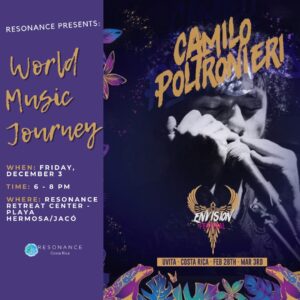Despite its small size, Costa Rica is one of the most biodiverse countries on the planet. Costa Rica is so small that it comprises only 0.03% of the planet’s surface and, despite this, it has the privilege of being the habitat of 5% of the existing biodiversity throughout the world. 25.58% of its territory is protected under various forms of conservation, which makes it one of the 20 richest countries in biodiversity on Earth.
As an image is worth a thousand words, these are some that make Costa Rica a unique place in the world, without makeup. The list would be endless but the nominees are:
Volcanoes:
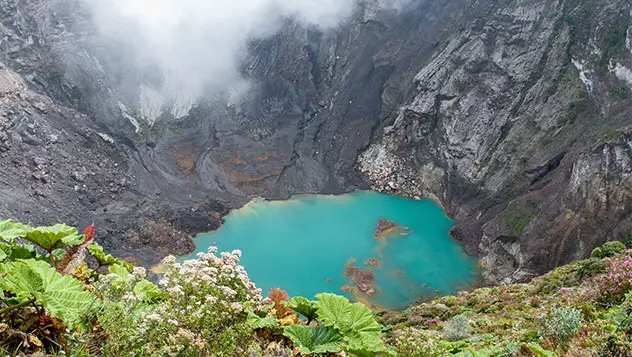
Taking into account every crater in which an eruption has occurred, the number of volcanoes in Costa Rica reaches a surprising 112. Some of these are currently popular national parks that protect interesting natural environments. The highest in the country is the Irazú, an active colossus of 3,432 meters of altitude with five craters. From the viewpoint located at the highest point, you can see the crater area, part of the Braulio Carrillo National Park, as well as the Turrialba Volcano National Park and the Caribbean coast, when weather conditions allow it.
Natural Parks:
It is difficult to choose one among 28 natural parks, 8 biological reserves, 71 wildlife refuges, 31 protective zones, as well as another number of protected areas that captivate nature lovers, but Corcovado National Park, in the Osa Peninsula it conserves the last portion of the Humid Tropical Forest of the Mesoamerican Pacific. Its location, its climatic characteristics and the capricious condition of its soils and its topography, make this site home to an astonishing diversity of biological species.
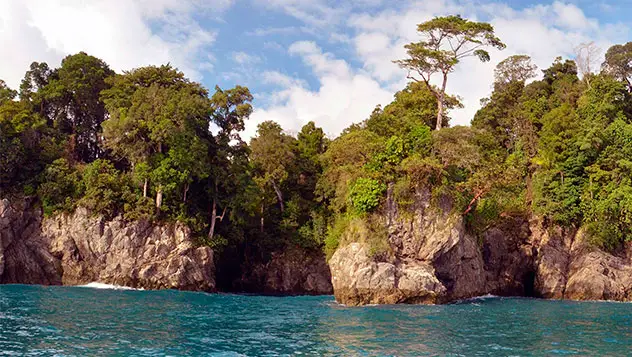
It is one of the unique ecosystems in Central America that receives naturalists from all over the world who come to study it. In its extensive territories, it will be possible to observe the biological diversity of the last virgin natural area of the entire Central American region. On its lands, 6,000 insects, 500 species of trees, 367 species of birds, 140 species of mammals, 117 species of amphibians and reptiles and 40 freshwater fish coexist.
Beaches:
Impossible to stand out one over the others. Costa Rica has beaches of enormous natural beauty, many of which also have the Ecological Blue Flag award, which identifies the beaches where local communities work and strive to maintain the best conditions for tourist enjoyment of them.
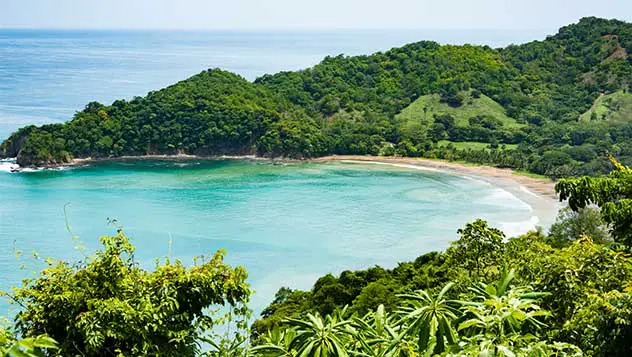
But one stands out, what better than Playa Hermosa in Guanacaste. This beautiful bay is about 2 kilometers long and has grayish sands. It is located between two mountain points. To the south and in front of Punta Cacique are the Pelonas and Montosa Islands. It has little waves and abundant coastal vegetation. It is very suitable for swimming, sunbathing and watching its beautiful sunsets, practicing water sports, including diving, hiking and horseback riding. This beach has been awarded the Ecological Blue Flag, which identifies it as a clean and safe beach worthy of its name.
Celeste River
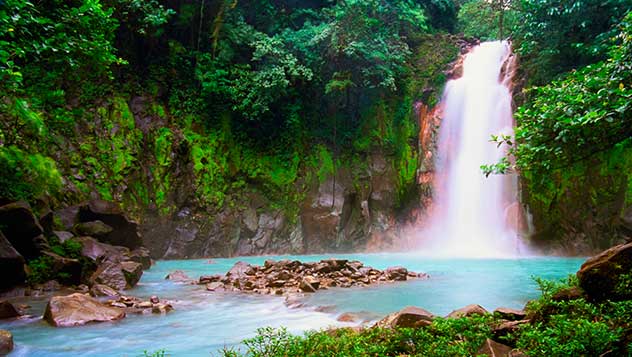
The Celeste River is one of the most striking and must-see tours in the area, the trip to the Celeste River is a combination of adventure, nature observation and geological activities, the site called El Teñidero stands out where the transparent waters are “stained Naturally turquoise blue, a walk, a journey through the forests leads to the extraordinary Celeste waterfall that, like the river, presents a surprising landscape.
Active tourism
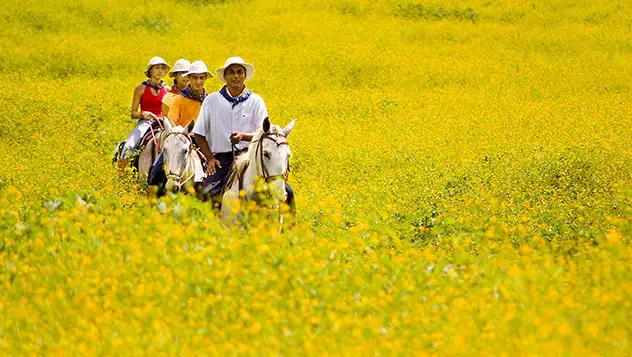
Costa Rica is a land of volcanoes, humid and cloud forests, huge waterfalls and mighty rivers. This generous nature makes it difficult to decide between the varied offer of activities, which includes rafting, windsurfing, diving, kayaking, sport fishing, surfing, climbing, cycling and even horse riding or ballooning. Everything for all tastes and all ages.
Slightly less active tourism

Costa Rica offers the visitor a wide range of detox, anti-stress and wellness therapies in general, not in vain, the Nicoya Peninsula is an area identified as a blue zone of longevity of the planet, those places where people not only live longer, but have better health than much of the population around them. There must be a reason…
Animals:
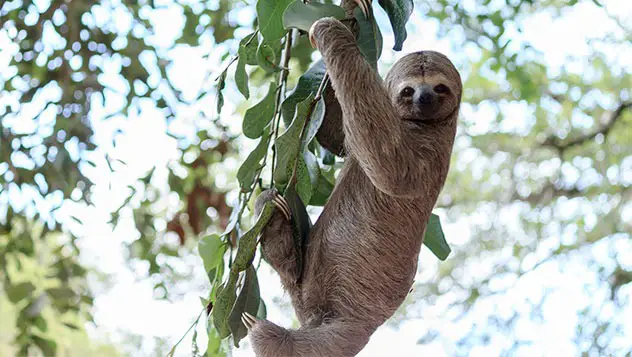
Being the habitat of 5% of the existing biodiversity throughout the world, logically the animals that can be found there are the most varied and spectacular. In Costa Rica, just over 69,000 species of insects and 3,850 species of identified fungi have been detected. In addition, 11,535 species of plants, 906 species of birds, 239 species of reptiles, 238 species of mammals and 201 species of amphibians are estimated to be found in Costa Rican ecological habitats.
Festivals:
The whole country is a constant party. The festivals take place month after month, from tributes of deep religious fervor to Carnivals such as those of Limón or the Fiesta de los Diablitos, of clear indigenous character, to festivals of different crops such as chiverre, mango, coffee or avocado, among others.
PEOPLE:
Costa Ricans pride themselves on having more than a century of democratic tradition and more than 50 years without an army. This was abolished in 1948, and the money that the country saves by not having armed forces is invested in improving the standard of living of its inhabitants, which helps for the social peace that makes Costa Rica a pleasant place to visit.
The most famous “Tico”:
The “Ticos”, as Costa Ricans are also known, are famous for being hospitable people and they like to preserve that reputation. They are polite and hard-working, they like to give people a smile and shake hands.
